Meteorite Museum Collection

Asteroid Belt Collection
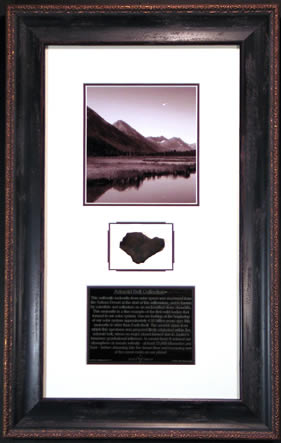
Private Meteorite Collection

Space Rocks Collection
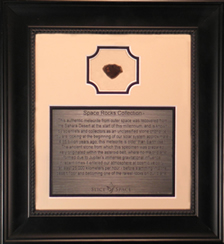
![]()
 © 2007 asliceofspace.com |
 © 2007 asliceofspace.com |
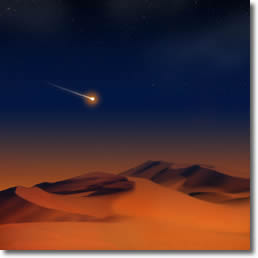 © 2007 asliceofspace.com |
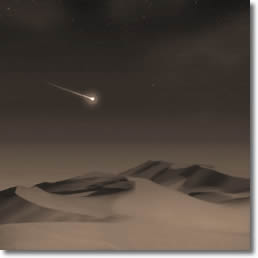 © 2007 asliceofspace.com |
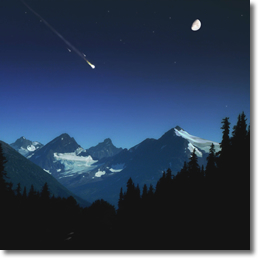 © 2007 asliceofspace.com |
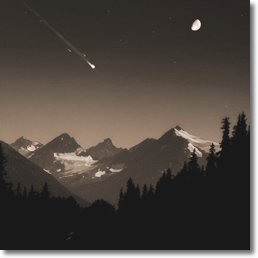 © 2007 asliceofspace.com |
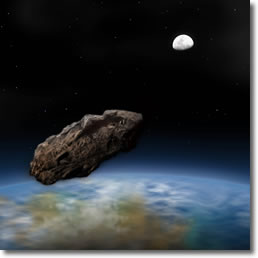 © 2007 asliceofspace.com |
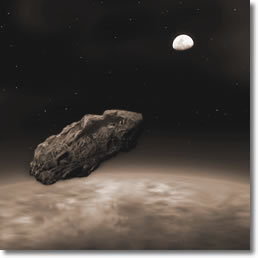 © 2007 asliceofspace.com |
![]()
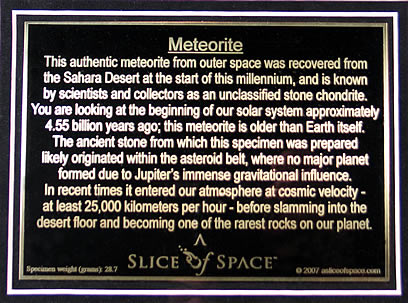 |
| This sample plaque includes an outline of interesting facts about chondrite meteorites, which varies by collection, and specific information about each framed specimen, including the weight, in grams, of the slice itself and the weight of the original mass from which it was taken (the example in the photograph was a prototype and does not show the numbering system we now use…photo update coming soon). |
![]()
Each framing comes with a authenticity hologram and the following additional information about these objects from outer space on the back side of the framing.
More about this meteorite from space…
You are holding a truly “out-of-this-world” collectible for yourself or that someone special you thought had everything! A genuine meteorite from space is the only thing anyone on Earth can own that is not originally from Earth (at least in its current form, as everything is originally from “out there,” so to speak). This is the perfect combination of science, history, rare collectibles and pure intrigue!
The authenticity of this meteorite is guaranteed by asliceofspace.com. This specimen was recovered by a desert nomad without the benefit of global position satellite technology, and the precise location of the find is therefore unknown. While it is guaranteed to be an authentic meteorite by asliceofspace.com, it has not been classified in a laboratory environment to determine its specific chemical and petrologic types, as this can be an expensive and time-consuming process. Representative samples from the finds made and/or acquired by asliceofspace.com, however, are donated to science and education for the purposes of advancing the study and understanding of these primordial objects of universal fascination. This specimen has been expertly prepared – sliced with a diamond saw with a non-corrosive lubricant/coolant, polished over multiple stages, bathed in pure ethyl alcohol and heat-dried to ensure maximum preservation. That said all meteorites are subject to terrestrial modification, which occurs as a result of humidity, oxygen exposure and several other factors. At any time you may send your specimen to asliceofspace.com for restoration and continued preservation (we will restore it at no charge so long as you are responsible for shipping and handling). In addition to the chondrules, metallic inclusions and other unique features of meteorite specimens, some cracks may be visible due to either impacts or terrestrial weathering and this is normal.
The artwork accompanying this meteorite specimen is artwork commissioned by, and the property of, asliceofspace.com. It was designed to provide a strong visual representation of the progress of a rock from space rocketing through Earth’s atmosphere, but it is not an actual image of this meteorite approaching Earth nor is it necessarily representative of the specific geographic location in which it fell. This framing is of the highest quality components and construction available today.
Only just over 200 years ago, in 1803, the L’Aigle chondrite was witnessed falling in France near Normandy, and after subsequent witness interviews and comprehensive study the science of meteoritics was launched as the scientific community finally agreed that rocks really were falling from space! Until that time, other phenomena such as lightning strikes were used to explain bolides (fireballs) and the fusion crusted rocks found after their appearance. While surely almost all meteorites – if not 100% of them – originated in our own solar system (in fact, within the asteroid belt itself), there are at least another 200 billion other stars in our galaxy, the Milky Way, alone. And there are some 150 billion other galaxies containing countless stars in the visible universe, which is over 13 billion years old. As a point of reference, it would take over 32 years to count to only 1 billion at the rate of one integer per second (24/7/365 without breaking for sleep or anything else). There are more stars in the universe than there are grains of sand on all the beaches of Earth, many if not most of which almost certainly have material such as this meteorite orbiting them at this very moment. The universe is vaster than the human mind can possibly imagine. If the visible universe was reduced to a cubic mile and all of the stars and other matter out there were compressed into its center, that object itself would be no larger than a single grain of sand.
